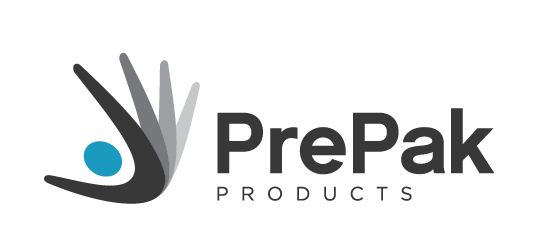Resistance training forms the backbone of modern physical therapy, offering patients a path to recovery that builds strength while restoring function. Unlike traditional weightlifting focused on muscle building, therapeutic resistance training targets specific movement patterns and addresses individual impairments.
What is Resistance Training in PT?
Therapeutic resistance training uses external forces—whether from resistance bands, pulleys, or body weight—to challenge muscles and joints in controlled ways. This approach helps patients regain strength, improve coordination, and restore normal movement patterns after injury or surgery.
Types of Resistance in Therapy
Elastic Resistance: Resistance bands and tubes provide variable resistance that increases with stretch. This mimics natural muscle strengthening patterns and is gentler on healing tissues. Tools like PrePak's exercise bands offer progressive resistance levels for gradual strengthening.
Pulley Systems: Equipment like the Home Ranger® pulley allows for assisted movement, where the unaffected limb can help guide the injured area through its range of motion while providing controlled resistance.
Isometric Resistance: Static muscle contractions without joint movement help maintain strength during early healing phases when movement might be limited.
Benefits for Recovery
Resistance training accelerates healing by improving blood flow to injured tissues and preventing muscle atrophy during recovery periods. It also enhances proprioception—your body's awareness of position and movement—which is crucial for preventing re-injury.
Progressive resistance training helps patients transition from passive therapy to active rehabilitation, ultimately preparing them for return to daily activities and sports.
Starting Your Program
Effective resistance training in PT begins with proper assessment and gradual progression. Your physical therapist will determine appropriate resistance levels and exercise selection based on your specific condition, healing stage, and functional goals.
Remember, therapeutic resistance training is about quality movement and gradual progression, not maximum strength. When performed correctly with appropriate equipment, it becomes a powerful tool for lasting recovery and improved function.

